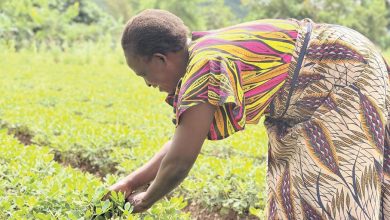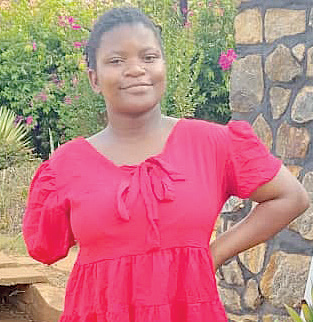Dreams lost along the way
Malawi’s promise of free secondary education has reignited hope, but few girls climb far before the ground gives way.
At Khwakwazi Primary School in Rumphi, teacher Ancy Sakala watches the ladder narrow.
Standard One classrooms overflow with girls in blue and yellow uniforms, but half disappear by the time they write Primary School Leaving Certificate of Education (PSLCE) examinations, she recounts.
Those who reach secondary school are even fewer.
“They don’t just drop out,” Sakala says. “They are pushed out by poverty, teen pregnancies and child marriages.
“When a boy fails, people say he will try again. When a girl fails, they say she was meant for marriage.”
Memory Kampira, 19, of Kapalamula Village, Traditional Authority Kachere in Dedza District, was delighted when she was selected to Mchisu Community Day Secondary School. She dreamed of working with the Malawi Revenue Authority.
But after just two terms, she could not afford school fees. A netball coach paid for the needy in Form One, but she dropped out when fees rose from K30 000 to K45 000.
Now she lives with her aunt, waking before daybreak to sweep, cook, fetch water and play netball.
Her mother, away seeking survival, cannot help. Her father, who migrated to South Africa, is a distant, unknown statistic in her life.
“I just do housework and play netball,” she says. “My days are wasted.”
When President Peter Mutharika announced the scrapping of secondary school fees next year, Memory’s hope flickered again.
“I want to go back to school,” she says. “I want to finish what I started.”
Across the country, dropout rates surge as girls move up. Only 51 percent complete primary school and less than 10 percent finish secondary education, UNFPA reports. Even fewer go to university.
The 2018 Census shows 2.4 million children of school-going age—about 41 percent—were out of school and 1.4 million were of secondary school age.
Each step up the ladder filters out more girls than boys.
For Regina Binga from Chikololere Village, Traditoional Authority Kaphuka, Dedza that path is all too familiar.
She first sat for her Malawi School Certificate of Education examinations in 2021 and repeated the next year, but the results were no better.
With her younger siblings also needing fees, she went to Lilongwe to find piecework. The capital city offered promises, not jobs or wages.
Regina returned broke, defeated and soon fell pregnant.
“It was out of desperation and peer pressure,” she says. “The relationship didn’t even last. He left for South Africa and married someone else. I stayed with the baby.”
Now 25, Regina lives with her mother, who looks after her 18-month-old son.
“I seek support to go to a technical college. I want to learn a trade—tailoring, plumbing, anything,” she says. “I just want to stand on my own.”
Last year, Chancy Mzumala, passed her PSLCE, but was not selected to any secondary school. She wanted to join an open secondary school, but teachers urged her to repeat.
She did and became Khwakwazi’s sole learner selected to a national secondary school, St Michael’s Girls in Malindi, Mangochi.
“Now she’s a reference point,” says Sakala. “Encouragement can change a life, but it takes more effort than most can manage.”
Civil Society Education Coalition executive director Benedicto Kondowe says policymakers should not only expand access but also confront the social norms that make a girl’s ambition seem misplaced.
He calls for gender-sensitive teaching, community programmes involving parents and chiefs, and stronger accountability through mother groups and school management committees.
“If schools are not safe or girls don’t see women teaching them, the message is already clear: this space is not for you,” Kondowe says.
The Ministry of Education insists progress is visible through key strategies, including the National Education Sector Investment Plan (2020–2030) and the National Girls Strategy which promote the re-admission of teenage mothers and scholarships to cushion the poorest families.
For Kondowe, the most effective interventions combine second-chance education pathways with strong community support.
He calls for the expansion of bridging and re-entry programmes, psychosocial counselling and policies that do not permanently exclude girls who stumble.
“It’s not failure that ends education, but the absence of a path back. Every lost girl is a loss to the nation’s future. Keeping girls in school is how we grow the next generation of leaders.”
Back in Kapalamula, Memory still keeps her faded and frayed school bag, hoping to carry it again when schools open next term. This time, she hopes to achieve her dream at no cost.





